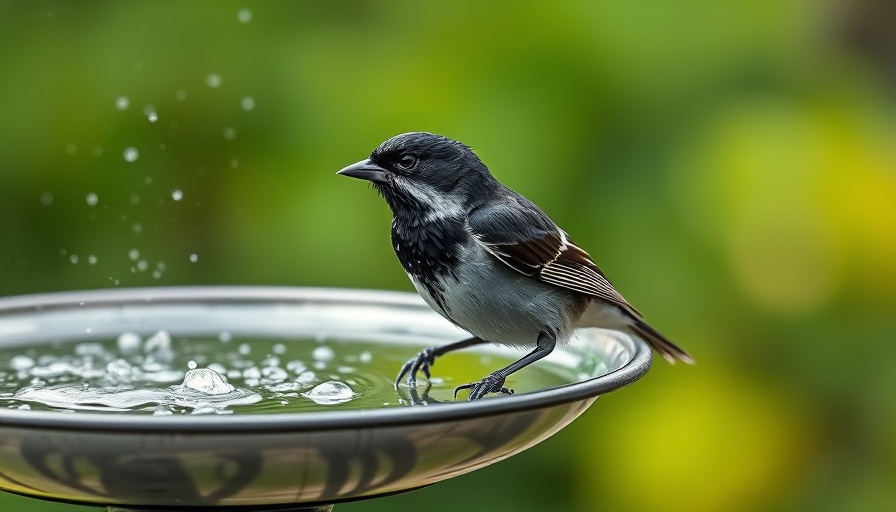
Understanding Bird Flu: What You Need to Know
In recent years, avian influenza virus, commonly known as bird flu, has become a significant public health concern. Initially detected in wild birds in early 2022, a highly pathogenic strain has spread, affecting not only avian populations but also other species, including livestock and humans. The latest strain, H5N1 clade 2.3.4.4b, has raised alarms across various states, including Colorado, particularly due to its recent outbreaks in dairy cattle.
Impact on Poultry and Livestock
Commercial poultry operations have faced devastating losses as the bird flu virus hits hard. Many producers have reported entire flocks being wiped out, prompting immediate culling to prevent further transmission. This has caused economic ramifications for the poultry industry, raising concerns about food supply and agricultural practices. The effects extend beyond poultry, with recent reports indicating the virus has also infected dairy cattle, signaling a dangerous spillover into new populations.
The Human Health Angle
While the main host for bird flu is wild waterfowl, there is potential for human infection. Since April 2024, the Centers for Disease Control and Prevention (CDC) has reported 70 confirmed cases in humans linked to direct interaction with infected animals, including one fatality. It highlights the importance of biosecurity measures for those working with livestock or poultry, emphasizing that personal protective equipment and strict hygiene practices are essential to guard against the virus.
Public Health Recommendations
Experts, including avian influenza specialist Dr. Kristy Pabilonia from Colorado State University, recommend that individuals in close contact with birds or livestock remain vigilant. The CDC advises maintaining a safe distance from wild birds and farm animals, as well as monitoring for any unusual symptoms in both humans and animals. Immediate reporting of any suspected cases is vital for controlling and preventing further outbreaks.
As the situation evolves, staying informed is key. Farmers, veterinarians, and the public should follow CDC guidelines and updates from the USDA to mitigate the risk from avian influenza. Understanding the virus and its implications will play an essential role in safeguarding both public health and agricultural interests.
 Add Row
Add Row  Add
Add 




Write A Comment